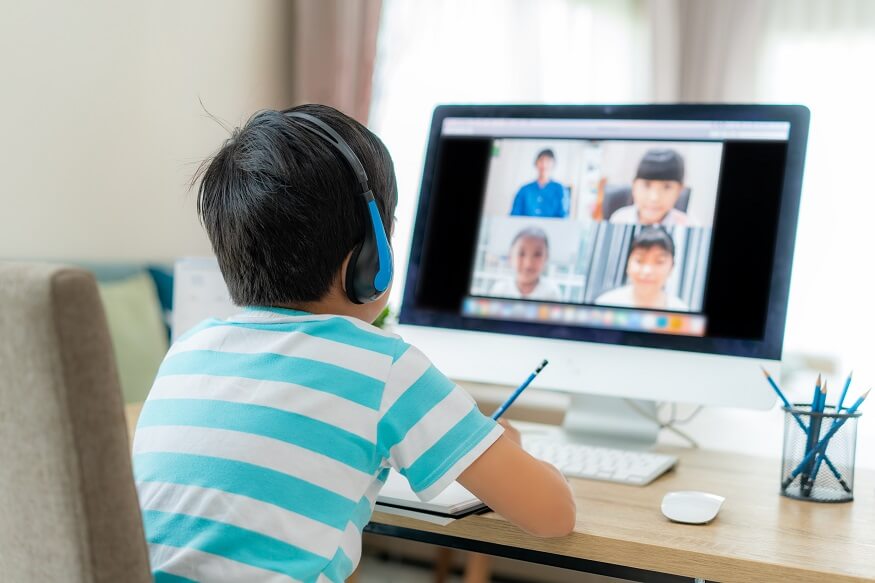Lunch box notes, a seemingly modest gesture, have emerged as a wonderful means of communicating affection, encouragement, and even education to kids. These small notes, tucked away in a child’s lunchbox, offer a delightful surprise and a moment of emotional connection in their school day. This guide delves into the significance of these notes, providing creative ideas and practical advice for crafting messages that not only brighten your child’s day but also strengthen your bond.
The Significance of Lunch Box Notes
- Emotional Connection: For many children, school can be a challenging environment, filled with academic pressures and complex social dynamics. A lunch box note acts as a comforting reminder of home, offering reassurance and a sense of security.
- Boosting Confidence: Words have immense power, especially in the formative years of a child’s life. A simple note expressing belief in their abilities can significantly boost their self-esteem.
- Encouraging Open Communication: By sharing thoughts and feelings through these notes, parents can encourage their children to express themselves more openly, fostering a culture of communication within the family.
Ideas for Crafting Lunch Box Notes
- Personalised Messages: Tailoring notes to reflect your child’s interests, achievements, or challenges they are currently facing can make the message more impactful. For example, acknowledging their recent success in a spelling test or encouraging them for an upcoming sports day.
- Incorporating Humour: A little humour can go a long way in brightening your child’s day. Jokes, puns, or funny drawings related to their favourite characters or hobbies can be a source of joy.
- Inspirational Quotes: Including age-appropriate quotes or sayings can provide a source of inspiration and reflection. Quotes from their favourite books, movies, or public figures can be particularly meaningful.
- Interactive Elements: Adding elements like a small puzzle, a riddle, or a simple question (e.g., “What’s the one thing you’re looking forward to after school?”) can make lunchtime more engaging.
- Seasonal and Thematic Notes: Aligning notes with seasons, festivals, or themes can keep the concept fresh and exciting. For instance, a Christmas-themed note in December or an environmentally-focused message during Earth Week.
Also Read: Healthy Lunchbox Ideas: Nutritionally-balanced, kid-friendly meals.
Tips for Creating Effective Lunch Box Notes
- Keep It Age-Appropriate: The content and complexity of the message should align with your child’s age and comprehension level. For younger children, simple words and drawings are more effective, while older children might appreciate more detailed messages or jokes.
- Consistency and Variety: While it’s not necessary to include a note every day, maintaining some level of consistency helps in establishing this as a special routine. Varying the content and style of the notes keeps the concept interesting.
- Involving the Child: Occasionally, you can involve your child in creating notes for their siblings or even for themselves as a future surprise. This not only makes it a fun activity but also teaches them the value of thoughtful gestures.
- Use of Technology: For parents who are not confident in their artistic skills, utilising technology can be helpful. There are various apps and templates available online for creating and printing lunch box notes.
- Sustainability Considerations: In an era of environmental consciousness, considering the sustainability of materials used for notes is important. Using recycled paper or reusable mini whiteboards can be an eco-friendly approach.
Also Read: 10 Tips to Get Kids to Eat Vegetables
Sweet Lunch Box Notes For All Age Groups
Here are some suggestions tailored to each age group:
Age Group 3-5 Years
For this age group, simplicity is key. Notes should be brief, with cheerful messages or drawings. Children at this stage are often just learning to read, so visual elements are particularly effective.
- Simple, Loving Messages: “I love you to the moon and back!” with a drawing of the moon and stars.
- Encouraging Words: “You are my superhero!” accompanied by a simple superhero drawing.
- Fun Doodles: A smiley face or a heart, with a simple “Have a great day!”
- Positive Affirmations: “You are awesome!” in colourful, large letters.
- Favourite Characters: A simple sketch or sticker of their favourite cartoon character with a “Hello!”.
Age Group 6-10 Years
Children in this age group are more literate and can appreciate slightly more complex messages. They enjoy humour, riddles, and more detailed drawings.
- Jokes and Puns: “What do you call cheese that isn’t yours? Nacho cheese!” with a drawing of a cheese wedge.
- Inspirational Quotes: “Every day is a new adventure!” with illustrations of a small treasure chest or map.
- Interactive Notes: A simple puzzle or a fill-in-the-blank sentence related to their interests.
- Personal Encouragements: “Good luck on your maths test today! You’re a star!” with star doodles.
- Fun Facts: “Did you know a group of flamingos is called a ‘flamboyance’?” with a flamingo drawing.
Also Read: 10 Tips to Get Kids to Eat Fruits
Age Group 10-13 Years
Pre-teens can appreciate more sophisticated humour and messages. They might enjoy references to their hobbies, current interests, and more thought-provoking messages.
- Motivational Quotes: “Be the change you wish to see in the world – Gandhi.” Suitable for children who understand deeper messages.
- Challenging Riddles: “I speak without a mouth and hear without ears. I have no body, but I come alive with the wind. What am I?” (Answer: An echo)
- Personalised Encouragements: Acknowledge specific achievements or challenges, like “Your dedication to basketball practice is really paying off!”
- Interactive Questions: “What’s one thing you’re grateful for today?” encouraging reflection.
- Brain Teasers: Simple Sudoku, crossword clues, or word searches that align with their interests.
When creating these notes, it’s important to consider the child’s personality and preferences. Personalising the notes to reflect their unique qualities can make the message even more special and impactful.
Also Read: Tips To Planning the Perfect Lunch Box for Your Child
In a world where digital communication is predominant, these tangible tokens of love carry a unique and personal touch, making them all the more special. By incorporating these small notes into your child’s lunchbox, you are not only adding a bit of joy to their day but also creating cherished memories that both you and your child will look back on fondly. For more such blogs, refer to EuroSchool.










